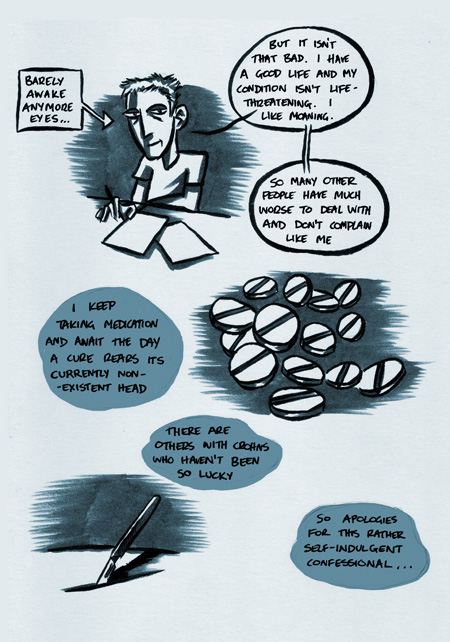 “My stomach hurts!”
“My stomach hurts!”
Sound familiar? It’s a phrase that parents hear often from their children. Constipation, reflux disease, school avoidance, and other, less serious ailments explain the bulk of these complaints. but a few of these children may have a more significant condition known as Crohn’s disease.
A chronic inflammatory condition of the intestine that can appear in childhood, Crohn’s disease is one of a group of diseases called Inflammatory Bowel Disease (IBD). Crohn’s typically begins with abdominal pain, but diarrhea, poor weight gain, and fever also may occur. Though the inflammation can affect any portion of the gut, the most common location affected in children is the area where the small bowel joins the large bowel.
For kids with Crohn’s disease, pain may interrupt their play or worsen with eating or stooling. there are many ways your child can describe the pain, such as “crampy” or “squeezing,” although it may be sharp, dull, or vague. The child may point to any area of the abdomen to indicate the location of the problem, but pain often occurs below the navel and to the right.
Diarrhea may occur with or without blood. Nighttime painful diarrhea may be accompanied by fever. many infections of the intestine cause similar complaints, but intestinal infections usually do not last longer than two weeks.
Crohn’s disease affects about one out of every 4,000 individuals. Symptoms start most often in the teens or early twenties with a second peak in the forties and fifties.
Testing Tests for Crohn’s disease depend on the child’s age and symptoms. Blood tests may show a low red blood cell count (anemia), high platelets, high white blood cell counts, and other markers for inflammation. Stool samples can show white blood cells (pus), red blood cells, and protein loss in tiny amounts. Infection can also be ruled out from these samples.
Imaging tests may include computerized axial tomography (CT) scans, contrast radiographs, or ultrasounds of the abdomen.
None of these tests, however, are enough to diagnose Crohn’s disease. Your child may be referred to a pediatric gastroenterologist for another exam known as endoscopy. This test involves placing a camera inside the intestine to take pictures and small samples of tissue. The procedure is performed as outpatient surgery with deep sedation, similar to the anesthesia used for placement of ear tubes.
If IBD is suspected, the pediatric gastroenterologist will perform both an upper and lower endoscopy (colonscopy). The upper endoscopy surveys the esophagus, stomach and the first part of the small intestine. The lower endoscopy includes the colon and the last part of the small intestine. Capsule endoscopy, also known as a “pill camera,” can be used in older children to survey the remaining small intestine, if necessary.
Treatment Once Crohn’s disease is diagnosed, medication is prescribed to relieve the inflammation in the gut by blocking parts of the immune system. The specific drug depends on the affected part of the intestine and the severity of inflammation. Steroids are often used in the beginning, but patients are usually transitioned to other long-term medications. New medications are proving quite effective when standard therapy fails. Though surgery is sometimes needed, Crohn’s disease often recurs after surgery.
Symptoms of Crohn’s disease can be managed effectively, although some children may have chronic symptoms. Individuals with Crohn’s disease have a higher risk of colorectal cancer, so treatment requires lifelong care, including a gastroenterologist as part of the treatment team.
Jeremy Screws, MD, pediatric gastroenterologist, practices with T.C. Thompson Children’s Hospital at Erlanger. For more information, call Erlanger’s physician referral line at 423-778-LINK(5465).